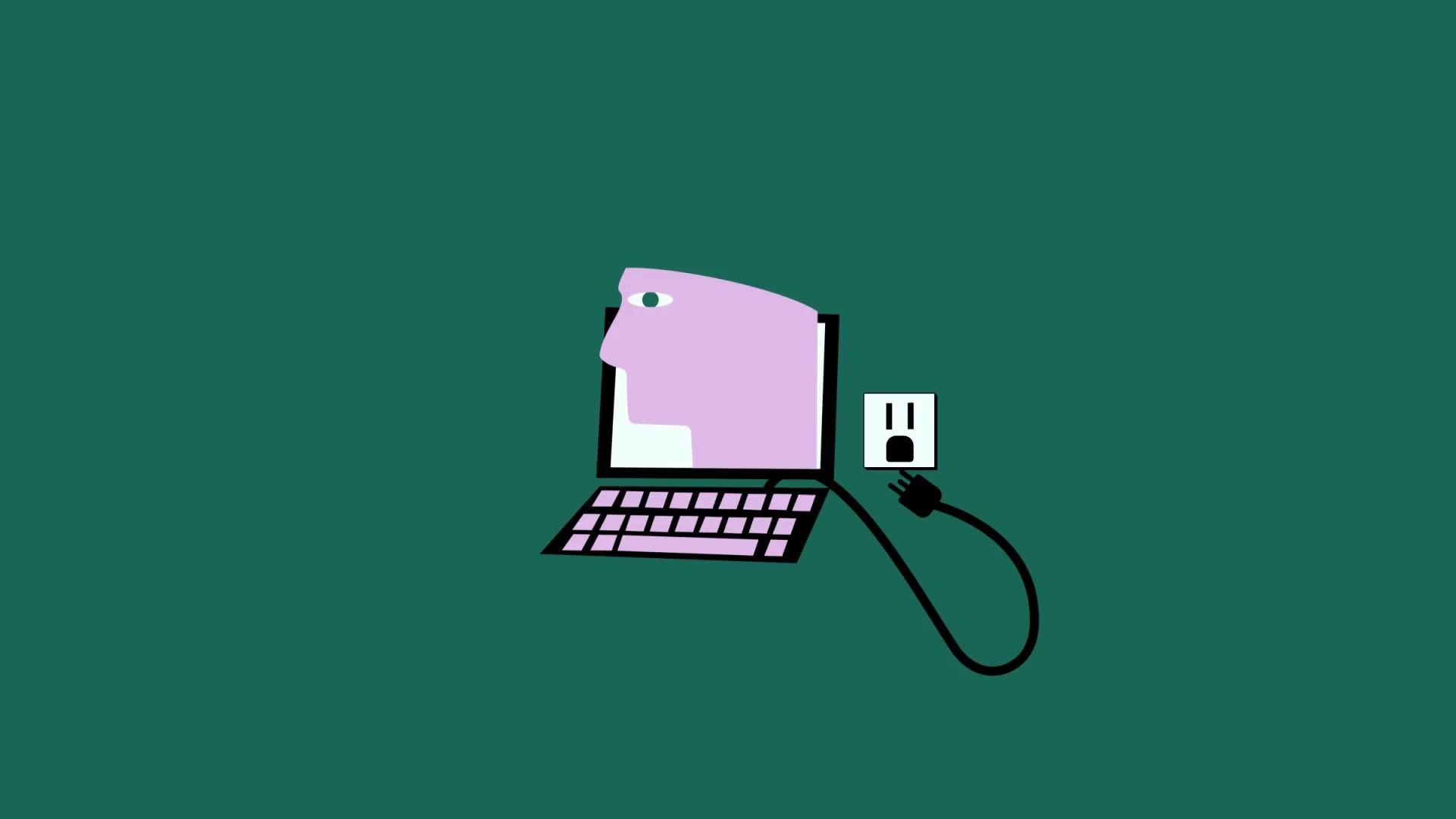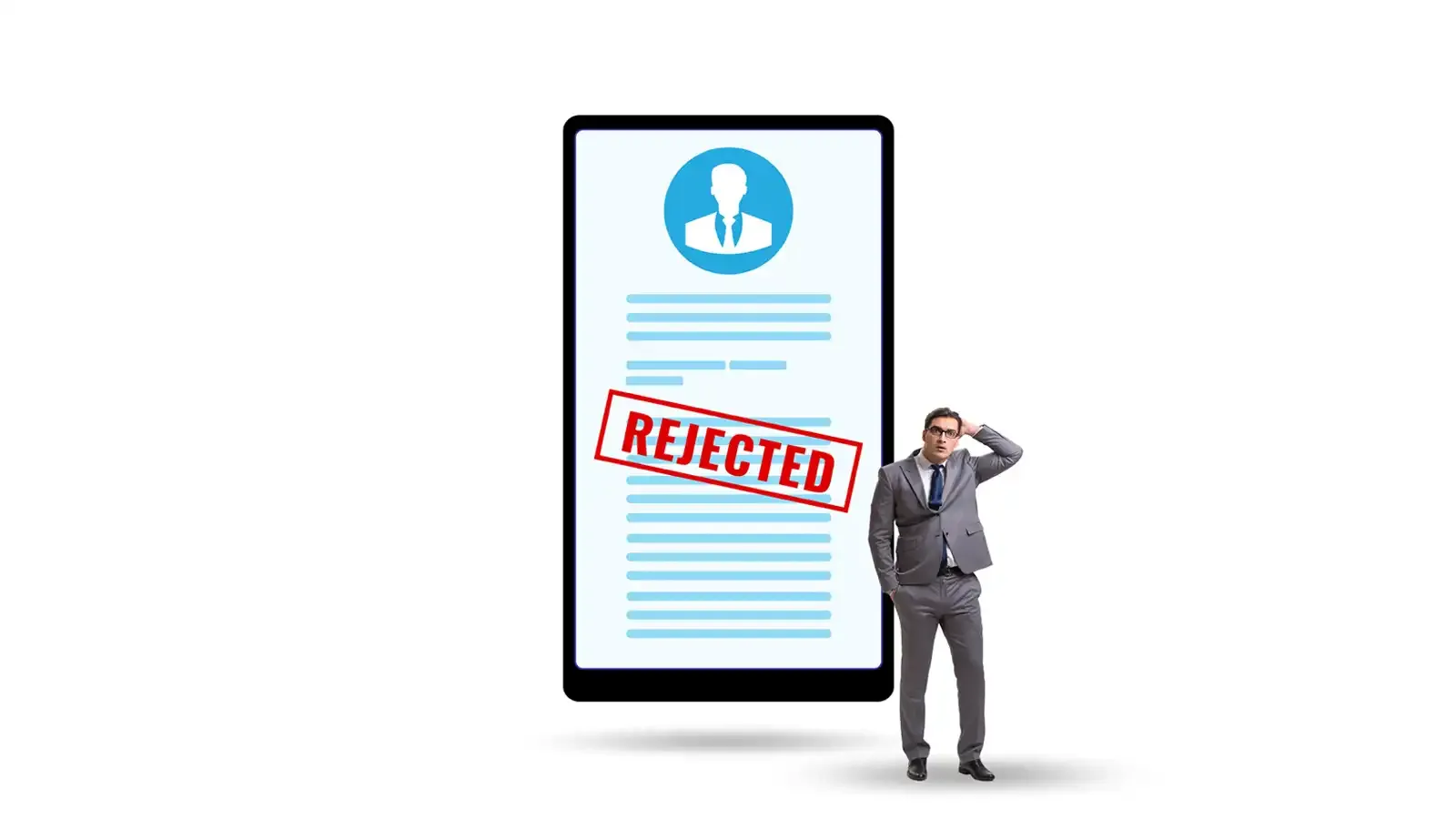Digital Detox
Updated: May 28, 2025
Why I Took and and what happened?

The Constant Buzz We’ve Normalised
From the moment we wake up, our senses are ambushed — by notifications, group chats, breaking news, trending reels, and that irresistible ping of dopamine. In the age of hyperconnectivity, attention is currency — and we’re broke.
I realised I was constantly connected but rarely present. My thoughts were fragmented. I’d scroll while eating, switch apps while thinking, and start mornings by checking messages instead of checking in with myself.
I wasn’t burnt out. I was simply... over-stimulated.
So I asked: What would happen if I just stopped — for a while?
🧠 The Warning Signs I Ignored Until I Couldn't
- Foggy thinking: I couldn’t read a full article without switching tabs.
- Emotional numbness: I was reacting instead of reflecting.
- Unconscious scrolling: 30 minutes of Twitter felt like 5 — and left me feeling drained.
- Sleep issues: My brain was too wired to wind down.
The most alarming part? I thought all of this was normal.
📵 The Detox: 7 Days, No Social Media, No Noise
This wasn’t about deleting my apps or making a dramatic exit. It was a quiet promise to myself: Just pause. Step away.
For one week:
- No social media
- No non-essential notifications
- No screens post 9 PM
- No digital multitasking
I replaced that time with analog experiences — journaling, long walks, reading actual books, and simply doing nothing. It felt radical.
🌿 What I Gained in Exchange
- Clarity: My thinking slowed — in a good way. I stopped racing from thought to thought.
- Focus: I could read, write, and work deeply — without craving distraction.
- Energy: Less screen time = better sleep = more energy. It’s math.
- Creativity: With fewer voices in my head, I could finally hear my own ideas again.
- Presence: Conversations felt more meaningful. Food tasted better. Time stretched.
This detox gave me mental real estate back.
📘 Tools That Supported My Journey
- Forest – A productivity timer that lets you grow a tree while you stay off your phone.
- One Sec – Adds intentional friction to opening addictive apps.
- Notion (Offline) – For reflecting and planning during the detox.
- Analog Journal – For mind-dumps, gratitude, and inner clarity.
- Kindle or Paperbacks – To replace digital content with thoughtful reading.
💡 5-Step Framework to Try Your Own Detox
- Set a time frame — Start with 24 hours and gradually increase.
- Decide your rules — What apps go? What stays? What’s your emergency protocol?
- Prep your environment — Books ready, journals nearby, notifications off.
- Fill the gaps — Replace screen-time with mindful activities (walks, calls, silence).
- Reflect daily — What feels hard? What feels liberating?
👁️ What This Experience Taught Me
- You’re not lazy — you’re distracted.
- Your creativity doesn’t need more input — it needs space.
- Connection isn’t about frequency; it’s about depth.
- Productivity isn’t how fast you move — it’s how clearly you think.
In that silence, I heard something I hadn’t heard in a long time: my own mind.
Final Reflection: Technology is Not the Enemy
Let’s be clear — I’m not anti-technology. I’m for intentional use of technology.
Tech should help us live better, not numb us into passivity. A digital detox isn’t about rejecting the modern world — it’s about choosing how we show up in it.
If this made you pause — that’s your sign.
Let’s keep growing together.
#DigitalDetox #Mindfulness #MentalClarity #ProductivityTools #TechMinimalism #Focus #ProjectZenith #SuccessHabits #Journaling #AttentionIsCurrency
Recent Posts See All

Resume!
0 0

My Worst Leadership Mistake
0 0

The Spy Who Built India’s Silent Strength!
0 0
